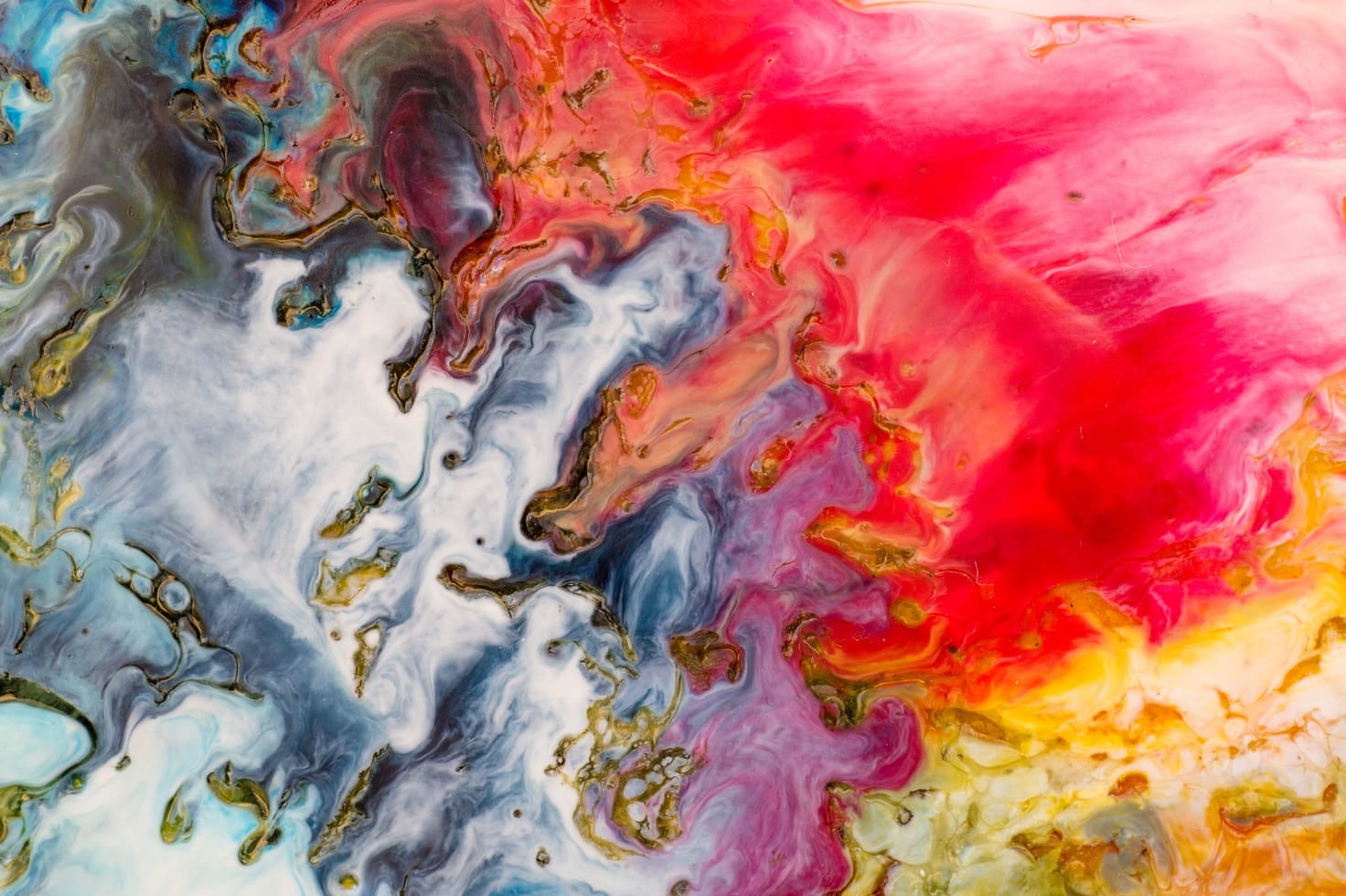Abstract art often evokes strong reactions, its departure from realistic representation to explore color, form and emotion invites viewers to experience art in a unique and personal way. This article reveals the secrets of abstract art and offers insights on how to interpret it, making this enigmatic art form more accessible and engaging.
Understanding Abstract Art
What is Abstract Art?
Abstract art is a genre that does not attempt to represent reality as we see it. Instead, it uses shapes, colors, forms, and gestural marks to achieve its effect. Abstract art can be completely non-representational or loosely based on a subject that has been simplified or distorted. This art form emerged in the early 20th century as artists sought new ways to express their inner thoughts, emotions and responses to the world around them.
Key Characteristics of Abstract Art
- Non-Representational Forms: Abstract art often avoids depicting recognizable objects or scenes.
- Emphasis on Color and Form: The use of color and shape becomes a primary focus, conveying emotion and meaning.
- Gestural Marks: The artist’s technique and brushstrokes can be highly expressive and form a central element of the work.
- Subjectivity: Interpretation is highly personal and can vary widely among viewers.
The Secrets Behind Abstract Art
Emotional Expression
One of the core secrets of abstract art is its capacity to convey emotion. Artists use color, form, and texture to evoke feelings and moods. For example, vibrant colors can express joy or energy, while dark, muted tones might suggest melancholy or contemplation.
Freedom of Interpretation
Abstract art invites viewers to engage with the artwork on a personal level. Without a clear subject to dictate meaning, individuals are free to interpret the art based on their own experiences, feelings and imagination. This freedom allows for a deeper, more personal connection with the artwork.
Innovative Techniques
Abstract artists often experiment with unconventional techniques and materials. From dripping paint onto a canvas (as seen in Jackson Pollock’s work) to using geometric shapes (like in Wassily Kandinsky’s compositions), these techniques can reveal the artist’s process and intent, adding layers of meaning to the piece.
Symbolism and Metaphor
Abstract art frequently uses symbols and metaphors to convey deeper meanings. These elements may not be immediately obvious but can provide insight into the artist’s message or the themes they are exploring. Understanding the context in which the artwork was created can often unveil these hidden layers.
How to Interpret Abstract Art
1. Observe Without Preconceptions
Approach abstract art with an open mind. Avoid trying to immediately identify recognizable forms or objects. Instead, take in the colors, shapes and textures. Notice how they interact and how they make you feel.
2. Consider the Title
The title of an abstract artwork can provide valuable clues about its meaning or the artist’s intent. It can offer context or suggest a theme that may guide your interpretation.
3. Reflect on Your Emotional Response
Abstract art is designed to evoke an emotional response. Pay attention to how the artwork makes you feel. Do certain colors or shapes resonate with you? Does the artwork remind you of a particular experience or memory?
4. Learn About the Artist and Context
Understanding the artist’s background, influences, and the historical context in which the artwork was created can enhance your interpretation. This information can provide insight into the themes and techniques used by the artist.
5. Engage in Discussion
Discussing abstract art with others can open up new perspectives. Different viewers may see different things in the same artwork, and sharing these interpretations can deepen your understanding and appreciation of the piece.
Abstract art, with its emphasis on emotion, color and form, offers a unique experience for viewers. By approaching it with an open mind and a willingness to explore its secrets, you can unlock new ways of seeing and interpreting art.

